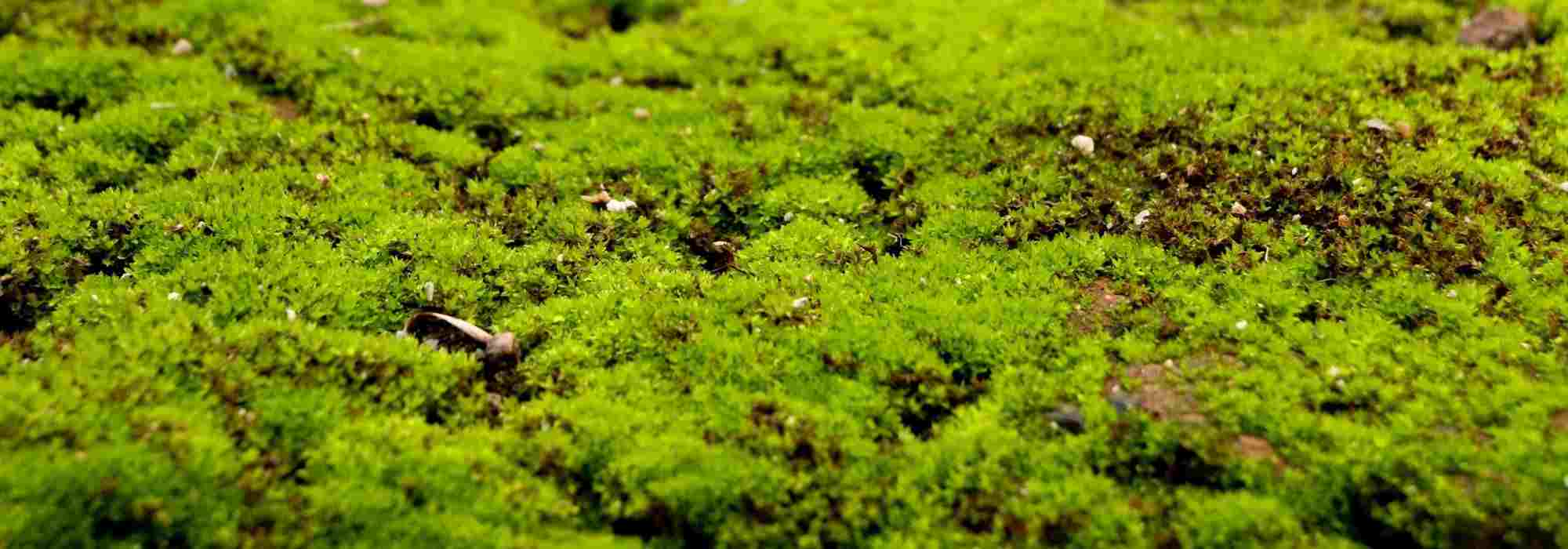
How to get rid of moss in the lawn?
Our natural methods to eliminate it and restore a beautiful lawn
Contents
In the middle of your beautiful, dense, green short grass meadow, an intruder has appeared: moss, that dense mass with a soft, spongy texture, is often unwelcome and considered unsightly. To eliminate moss naturally, it is important to understand the factors that favour its emergence and proliferation. And to get rid of it, there are natural anti-moss solutions which, combined with a few maintenance measures, will enable you to restore a uniform, healthy lawn.
Conditions favouring moss growth
Moss is a rhizoid plant, lacking a root. Most varieties are epiphytic, meaning they use other plants as support to grow. Moss multiplies easily by sexual reproduction via spores or by single division.
Several factors, often combined, favour the appearance of moss in the lawn:
- moisture stagnant in soil or high air humidity
- shade and lack of sunlight (north- or east-facing)
- heavy soil and compact
- soil too acidic
- poor soil, nutrient-deficient
Conditions favourable to moss are also those that generally prevent the lawn from growing well and becoming established. Acting on these factors will therefore have a double positive impact: the lawn will experience better growth and moss will be eliminated.
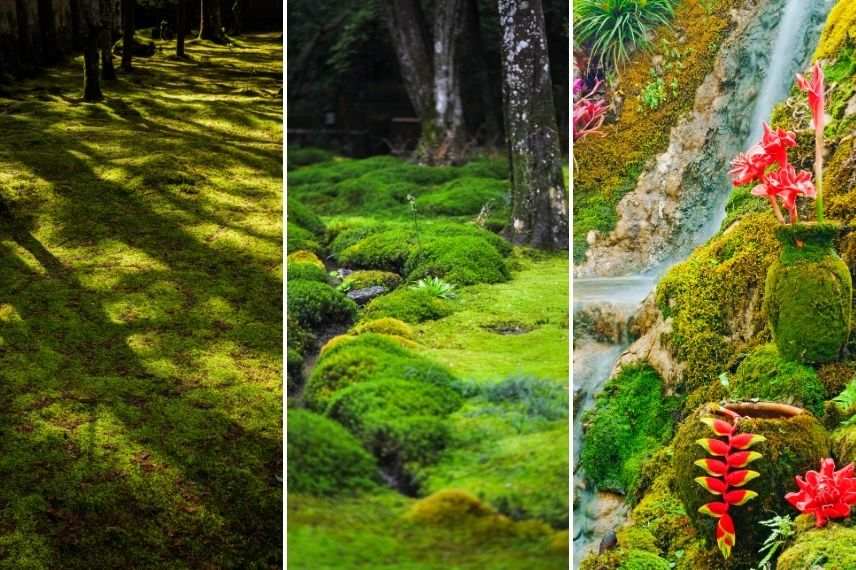
Moss develops in shaded, humid conditions
Read also
7 tools to weed easily and naturallyPrevent moss from appearing on the lawn
Choose the right location for your lawn
Lawn needs sun to grow. Choose its location in a sparsely shaded area or after rearranging to eliminate as much shade as possible: pruning hedges, pruning low branches of trees, moving woodpiles… Allowing sunlight to reach the lawn will both optimise lawn growth and create conditions unfavourable to moss establishment.
Excessive moisture also favours moss development, such as proximity to a fountain, pond or pool.
Encourage soil drainage
To counter excessive soil moisture, decompaction will prevent water stagnation, which favours moss development and is harmful to the lawn’s root system.
To do this:
- limit trampling of soil
- lighten the heaviest soils (clayey) by adding sand or compost to make them more free-draining
- rake the soil before sowing lawn seed, then renew scarification as maintenance at the end of winter in February–March, to aerate the soil and prevent compaction
- water moderately; lawn needs water to grow, but overwatering can encourage moss.
Nourish the soil
Enriching the soil helps keep lawn in good health and fight the appearance of moss.
Make amendments with household composts, rich fertilisers or moss-control fertiliser for lawn: used twice a year in autumn and spring, they have a dual action against moss and enrich the lawn.
Note, however, that the presence of iron sulphate in some products requires sparing use.
Correct soil acidity
A soil with pH < 7 is considered acidic. It will therefore be more prone to moss development.
To determine your soil’s acidity, test kits are now easily available from specialist shops or online.
To rebalance acidic soil, add lime, dolomite (calcareous rock rich in calcium and magnesium) or wood ash (rich in potash).
Avoid mulching with pine needles, which increase the natural acidity of the soil.
Mow sensibly
Cutting the lawn too short will tend to weaken the herb and gradually leave more room for moss, which develops well at ground level. Letting the lawn grow taller will prevent its appearance and even prevent other adventive plants, such as dandelions.
We recommend a cutting height of 4 to 5 cm for regular maintenance of your lawn. In spring, mow once a week, then every two weeks in summer.

Avoid trampling, nourish soil, water moderately and mow at a reasonable height to help prevent development of moss on the lawn
Discover other Lawn
View all →Available in 1 sizes
Available in 3 sizes
Available in 1 sizes
Available in 2 sizes
Available in 1 sizes
Available in 2 sizes
Available in 1 sizes
Available in 3 sizes
Available in 1 sizes
Available in 1 sizes
Natural solutions to get rid of moss in the garden
Manual removal
If moss is not established over too large an area of your lawn, it is not difficult to remove it by hand: dig around moss patch with a hoe or a knife, then lift it out of soil.
If it has not been treated with an anti-moss treatment, it can simply be composted.
After removing moss, fertilise soil before reseeding grass.
On more heavily infested areas, use an anti-moss tool. A scarifying rake or a double-row blade scarifier will tear the soil surface to:
- aerate the soil, restore exchanges of air, water and nutrients by cleaning accumulated plant debris (thatch), thereby favouring grass regeneration
- slice and easily remove moss present on the lawn
Use a natural anti-moss product
Chemical weedkillers, besides being polluting, are often ineffective in the long term for getting rid of moss.
Some anti-moss weedkillers of plant origin are more natural and ecological: this is the case for products based on pelargonic acid, a weedkiller substance naturally secreted by geranium and authorised in organic farming. More environmentally friendly, they generally allow reseeding one day after application.
Potato cooking water, rich in starch, would also have weedkiller effects effective against moss, as would application of white vinegar. Biodegradable and non-polluting, its environmental impact is among the most limited.

Natural-origin weedkillers, potato cooking water and manual weeding are ecological solutions to remove moss.
Home remedies not recommended
Some home recipes recommend applying coarse salt or a bicarbonate of soda solution directly onto moss to eradicate it. However, accumulation of salt in large quantities in soil has a harmful environmental impact and contributes to biological imbalance.
Similarly, copper sulfate (Bordeaux mixture), previously often used as an effective anti-moss solution, is now controversial and is being abandoned because of its polluting effects and non-selective action. Moreover, it tends to acidify soil, thereby creating an environment more favourable to moss establishment and development: a real vicious circle to avoid.
Accept the presence of moss
Moss grows easily in garden and is often as little appreciated as adventive (“weeds”). Yet, it also has advantages and deserves to be better tamed. Some varieties are decorative and moss gardens are highly prized in Japan.
Above all, it contributes to garden’s natural balance: it is useful to insects and birds, absorbs pollution near water areas, decomposes into rich turf as it breaks down, etc.

In Japanese gardens, moss is abundant and forms an integral part of the landscape.
- Subscribe!
- Contents
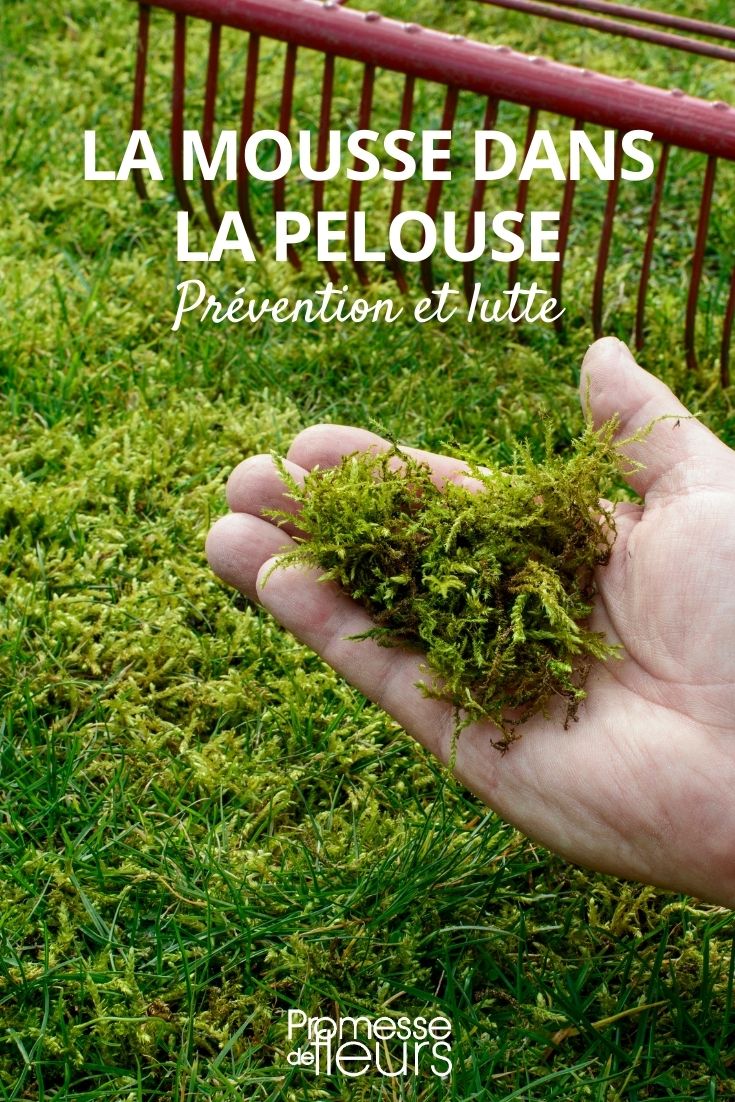































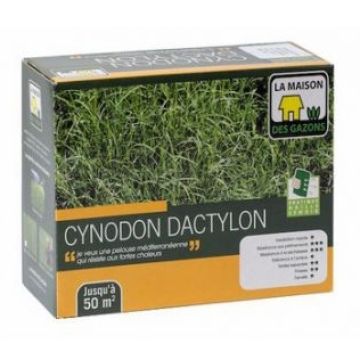
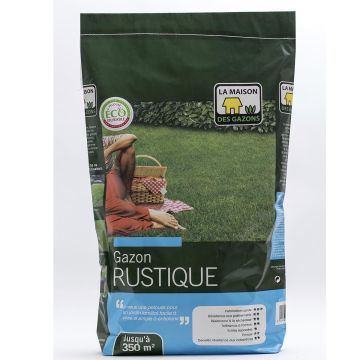
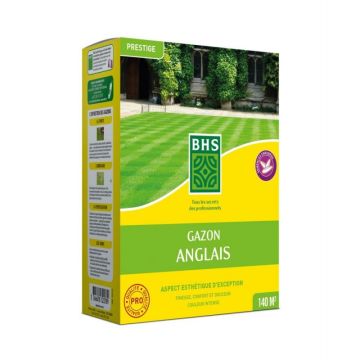
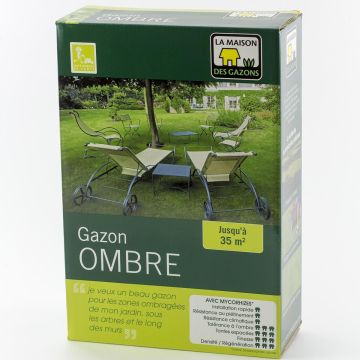
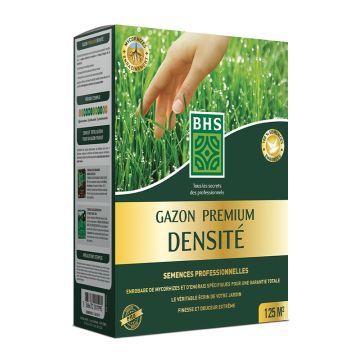
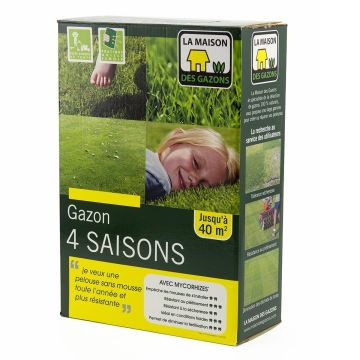

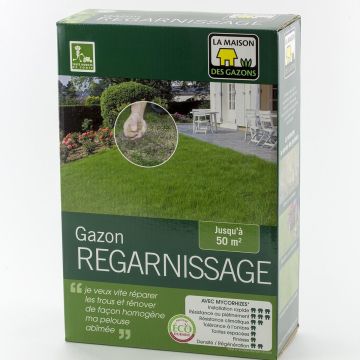
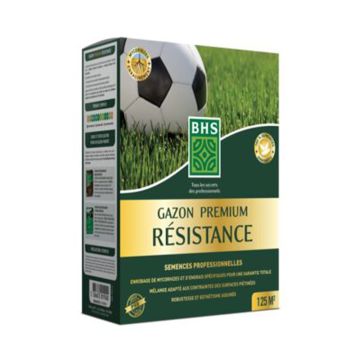
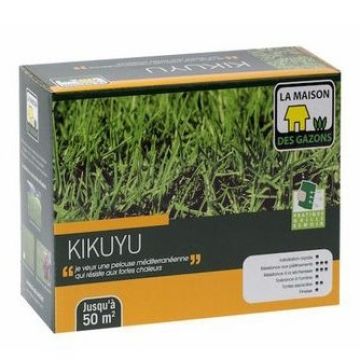
Comments